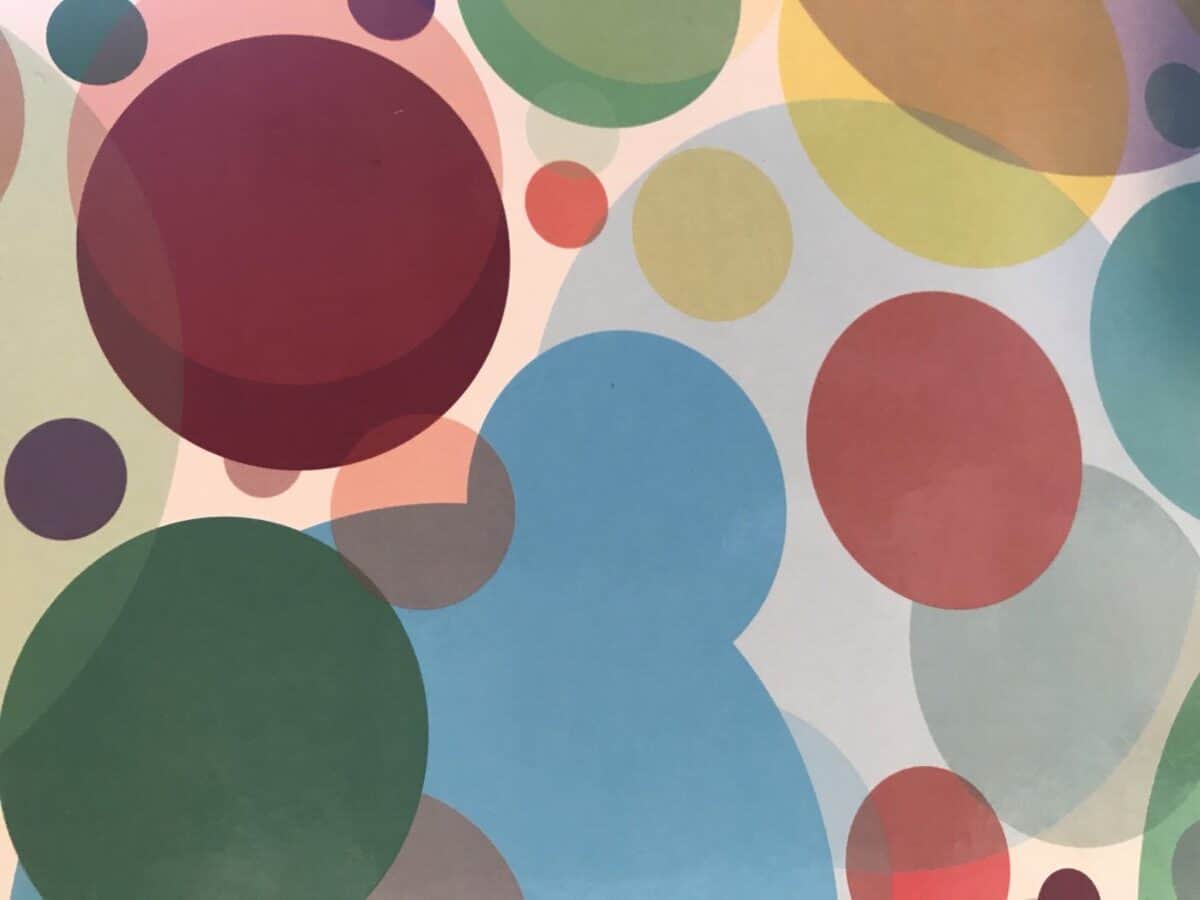Many artists have been vocal in recent years about their synaesthesia (an ability to experience pairs of senses being linked to a greater extent than is usually expected) and how it impacts their music.
Approximately 4.4 % of the population have one or more forms of this neurological phenomenon, according to a 2006 study. However, a 2005 study found that 25% of synaesthetes (people who have synaesthesia) worked professionally in the arts, compared to around 2% of the general population.
It is not surprising then that there are many famous musicians who have synaesthesia. Here are some well-known songs that you might not know were influenced by synaesthesia:
Poker Face – Lady Gaga
Lady Gaga has been quite open publicly about her ability to see colours when she hears sounds, known as sound-colour synaesthesia, or Chromaesthesia.
For example, her song Poker Face is a deep amber colour to Gaga, and she even implements this colour into the stage lighting in her live shows, as well as the furniture in her official music video:
If you skip near the end of this next clip from an interview that Gaga did, she talks about hearing the colours like a painting:
Bury A Friend – Billie Eilish
Billie Eilish is another artist who uses her multiple different types of synaesthesia to create music. It seems like synaesthesia plays a large role in her creative process, and you can hear her talk about it here:
Eilish explains that when writing Bury A Friend, she saw a lot of dark shades of colours such as grey, brown and black.
Tennis Court – Lorde
Lorde has spoken publicly many times about how her sound-colour synaesthesia (sometimes referred to as Chromaesthesia) provides the foundations for her song-writing. She says that from the minute she starts writing a song, she can see which colours she wants it to be when it’s finished.
For example, with her song Tennis Court, when she and producer Jack Antonoff started writing it, Lorde saw it as a tan colour, but knew that she actually wanted it to be green, so she worked on making the next harmonies and lyrics match the colour that she wanted to perceive this song.
Lorde also explains that a lot of the songs in her 2nd studio album Melodrama are a blue or purple colour to her, and that is why the album cover art uses those colours.
You can watch her talk about her synaesthesia in this video:
Happy – Pharrell Williams
Happy was a hit when it was released as a single from the Despicable Me 2 soundtrack in 2013. What you may not know is that Pharrell Williams has sound-colour synaesthesia, i.e. he sees colours when he hears music.
Williams himself doesn’t really view this as a big deal, instead insisting that it’s very common for artists to have synaesthesia.
For the song Happy, Williams sees the verses of the song as a yellow colour. Perhaps this is because of the reference to sunshine in the song, or perhaps it is linked to the colour of the minions in Despicable Me, or perhaps it is completely unrelated.
Each of the different minor chords in the song create different shades of red, orange and pink for Williams.
Lullaby (Goodnight My Angel) – Billy Joel
The Piano Man himself, Billy Joel, also has sound-colour synaesthesia/chromaesthesia.
When he thinks about or listens to slower or calmer melodies, such as his song Lullaby (Goodnight My Angel) which he wrote for his daughter, he sees shades of blue and green colours.
In contrast, when he thinks about or listens to faster music with a strong rhythmic pattern, such as It’s Still Rock ‘n’ Roll to Me, Joel sees these songs as shades of red, orange, yellow and gold.
Joel also has another type of synaesthesia called grapheme-colour synaesthesia, which is where people see letters and numbers as being specific colours. For example, “A” is often seen as red by people with this type of synaesthesia.
Having this kind of synaesthesia as well means that, as well as seeing colours from the sounds of songs, lyrics can be different colours.
Similar to the way that he sees colours from music, words that end in vowel sounds appear blue or green, and words that have strong consonant sounds are red.

